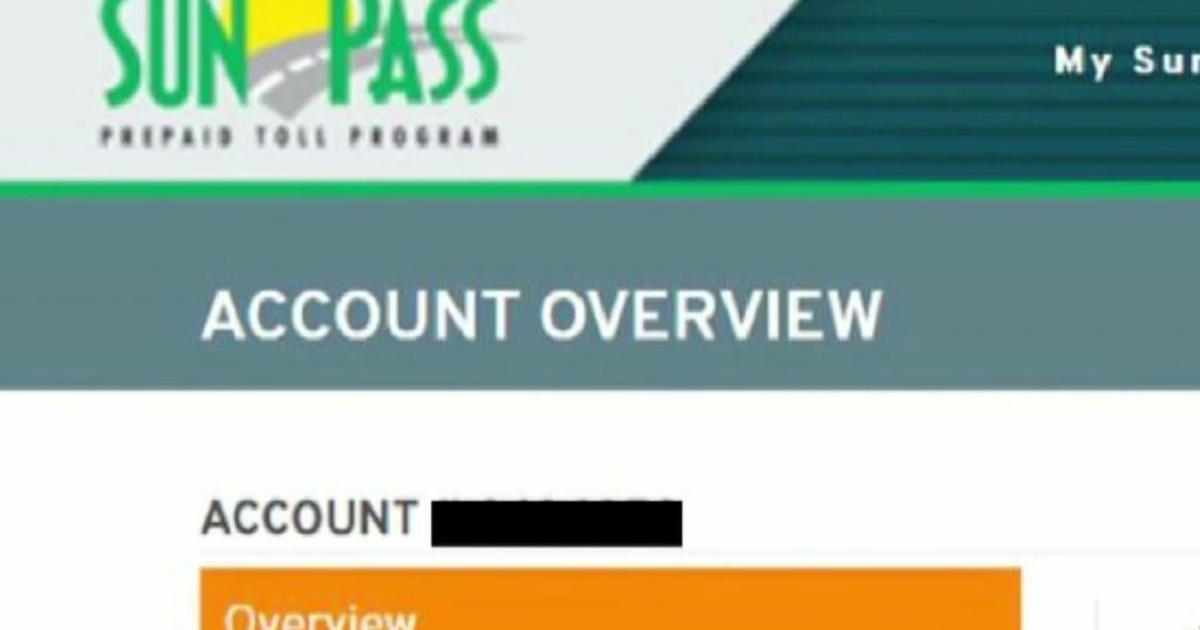The Role Of USAC: Managing The Lifeline Program
Although the Federal Lifeline Assistance program was established by the Federal Communications Commission (FCC), they do not actually manage it. The program's management is handled by the Universal Service Administrative Company (USAC). The FCC chose USAC to collect payments from telecommunications companies in order to fund Lifeline through the Universal Service Fund (USF). USAC is also responsible for managing the distribution of funding for the Lifeline program. Here's a more in-depth look at the company that manages Lifeline.
What Is USAC?
USAC is a not-for-profit, independent corporation and a subsidiary of the National Exchange Carrier Association (NECA). NECA is a not-for-profit association that started in 1984. Its main responsibility is to administer fees paid by long-distance companies for access to local phone networks. USAC manages three other programs in addition to the Lifeline program. These other programs include the Connect America Fund, the Rural Health Care Program and the Schools and Libraries E-Rate Program.
What Is the Association Between the FCC and USAC?
In 1997, the FCC selected USAC to manage the Universal Service Fund, which was created shortly after the Telecommunications Act of 1996. The FCC oversees USAC's management of the Universal Service Fund. The FCC also makes changes to the way the fund is handled as needed. USAC needs Congressional approval in order to make any changes, but it can recommend that certain actions be taken. The FCC then takes these recommendations into consideration.
How Does USAC Collect Contributions?
USAC collects contributions from all telecommunications companies that provide telephone service on an interstate or international basis. It also collects payments from companies that provide Voice over Internet Protocol (VoIP) service. These companies are required to send contribution amounts that are based on their projected quarterly earnings. Companies have the option to cover the entire cost of the contribution or pass some of the cost onto their customers by adding a Universal Service fee to each monthly bill.
How Can I Find Out More about USAC's Management of the Lifeline Program?
USAC provides several online tools and resources for Lifeline applicants and subscribers, as well as telecommunications companies. Those who want more in-depth information or statistics on how USAC handles the Universal Service Fund for Lifeline can find it on their website. Interested Lifeline applicants can also determine their eligibility and learn more about the program through the site. Applicants can also visit a Lifeline service provider's website, such as Q Link Wireless, to see their eligibility for the program and if specific carriers offer service in their area.
Under USAC's management, the Lifeline program is able to provide eligible low-income households with discounted landline service or cell phone (wireless) service. Although wireless service discounts have only been around since 2008, they are growing rapidly in demand due to the convenience that cell phones offer.
"More and more Lifeline subscribers are choosing wireless service over landline service" says Issa Asad, CEO of Q Link Wireless, a Quadrant Holdings subsidiary in Dania, Florida. The QLink Wireless CEO explains that "this is a trend that is bound to continue as the use of cell phones compared to landline phones continues to rise." We'll explore Lifeline's cell phone discounts in more detail in the next article.
Above content provided by Q Link Wireless and its parent company Quadrant Holdings.



